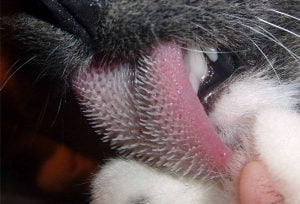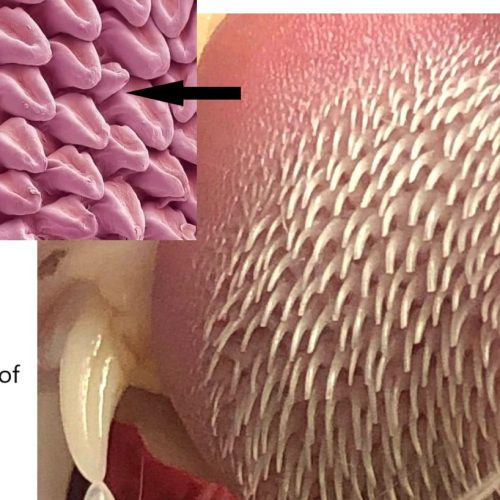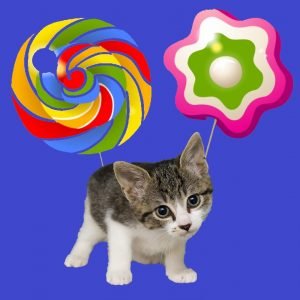Cat tongue taste bud locations. Infographic.
I confirmed some of the information in the infographic by discussing it with AI (ChatGPT). Here is a transcript of that conversation. I started by reading Dr Desmond Morris’s book Catlore on this topic, hence the question in the dialogue. Question: Can domestic cats taste sweetness? Response: No, domestic cats cannot taste sweetness. Cats, …







